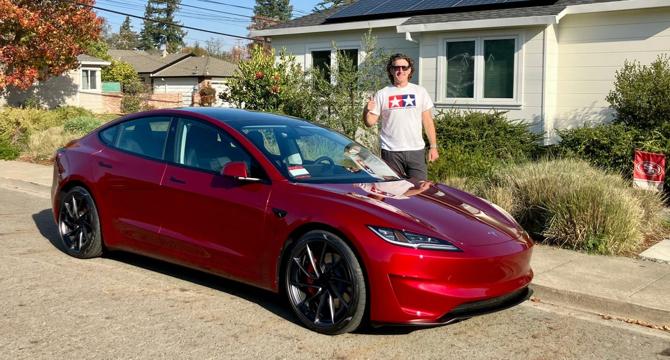Insider
1M
213

Image Credit: Insider
My Tesla FSD diary: 5 months of curiosity, amazement, shock, and embarrassment
- Regularly using Tesla's Full Self-Driving software revealed highs and lows, as it is an advanced driver-assistance system, not fully autonomous technology.
- The author shares observations, feelings, and experiences from driving over 1,000 miles with FSD and collaborating with industry experts.
- Using FSD in traffic situations proved less stressful and more relaxing, with the software efficiently handling various scenarios.
- However, the author encountered challenges like pothole avoidance issues and disengagements, requiring manual intervention in potentially tricky situations.
- While initially impressed with FSD, a critical incident during a test made the author reconsider the system's reliability and potential risks.
- An uncomfortable U-turn incident highlighted a crucial gap between driver-assistance systems and fully autonomous technology.
- The author's experiences led to a reevaluation of the value of FSD, particularly in scenarios where human supervision and intervention are critical.
- Feedback from a legal expert emphasized the distinction between driver assistance and full autonomy, cautioning against overestimating the capabilities of current systems.
- Ultimately, the author acknowledges the significant advancements of FSD but remains cautious about its limitations and the necessity of human involvement in driving.
- While recognizing the potential of FSD, the author stresses the importance of understanding the distinction between driver-assistance technology and fully autonomous driving.
Read Full Article
12 Likes
For uninterrupted reading, download the app